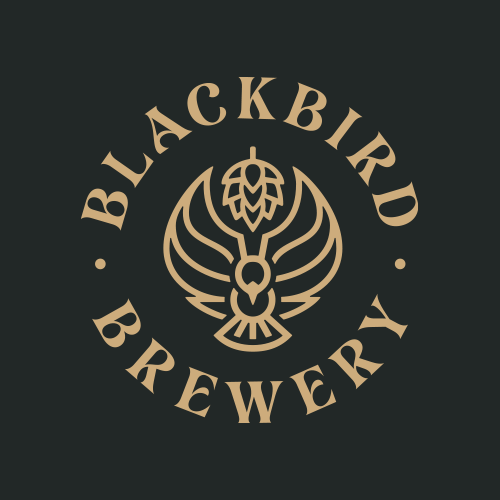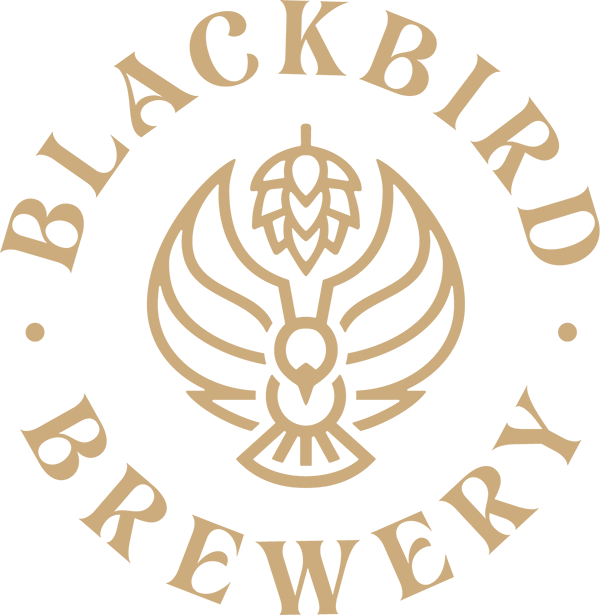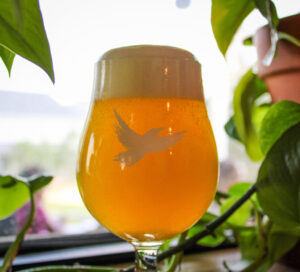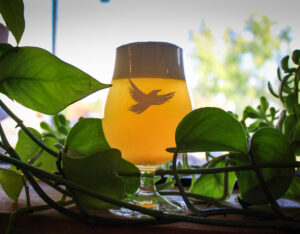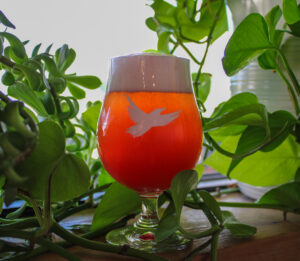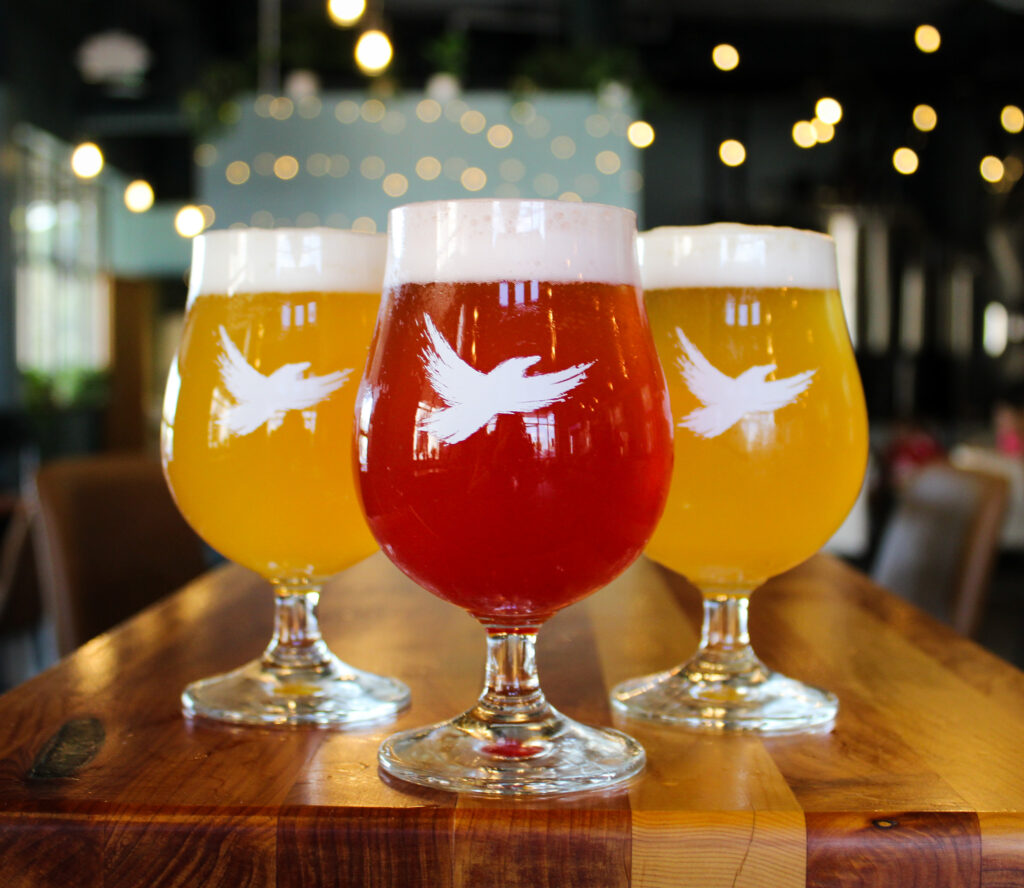 For Oktoberfest at Blackbird, our brewers concocted a myriad of traditional German beers for the celebration. We brought back some classics, but also experimented with some more niche beer styles as well. One of these brews is our new Berliner Weisse.
For Oktoberfest at Blackbird, our brewers concocted a myriad of traditional German beers for the celebration. We brought back some classics, but also experimented with some more niche beer styles as well. One of these brews is our new Berliner Weisse.
The Berliner Weisse has a rich and varied history, though the exact origination of the beer style is debated. As the name suggests, much of the story of this sour ale is intrinsically tied to Berlin during the 17th century and the German word “weisse” directly translates to “wheat”. One of the leading theories behind the birth of the style is that the Huguenots (French immigrants to Berlin) invented this ale by incorporating knowledge and techniques gathered from Flanders brewers as they were migrating north. The Berliner Weisse has been colloquially called the “Champagne of the North” for generations. When put into context with the popularity of wine in both France and Italy, this title makes perfect sense.
Historically, a Berliner Weisse has a malt bill of 50% barley and 50% wheat and boasts an extremely low ABV between 3-4% alcohol content. True to the staples of the style, we brewed our version using the same malt breakdown with 100% of our barley and wheat sourced from our favorite local maltster Epiphany Malt in Durham. Additionally, our Berliner Weisse finished at a sessionable 3% ABV.
Our Berliner Weisse serves as a nod to the traditional Berliners that came before, while simultaneously demonstrating the strides in technology that we brew with today. For our yeast strain, we utilized a new modern, designer strain called Sourvisiae that was created to specifically produce lactic acid during fermentation. Many breweries will combine Sourvisiae with another yeast strain in the tanks to manipulate the amount of acid produced. Due to the low ABV of the style and knowing that we were going to add flavored syrups to the beer, our brewers decided to go all in on 100% Sourvisiae. This ensured that the beer would hit the level of acidity we were striving for and that the final product would be balanced between the tartness of the base and the sweetness of the syrups. This was a fun experiment for us as it was the first time we’ve used this yeast strain.
Instead of dosing the brew in tanks with fruits or extracts, we chose another more traditional route with our flavoring. In Germany, when flavoring in the past, a schuss (syrup) would be added to the Berliner Weisse directly in the glass. Jess, one of our fabulous Bird’s Nest bartenders, whipped up three syrup combinations to create different unique flavoring options. As a nod to raspberry, one of the historically traditional flavors, she created a cherry raspberry syrup. For a truly juicy, fruity experience she chose mango passionfruit. And, last but not least, she created a mango habanero for a little sweet heat and something more funky.
Whether you order and enjoy one of the flavored options or fancy the Berliner Weisse base this is definitely a brew you’ll want to try. And at 3% ABV, heck you could try all the versions in one visit. Prost!
